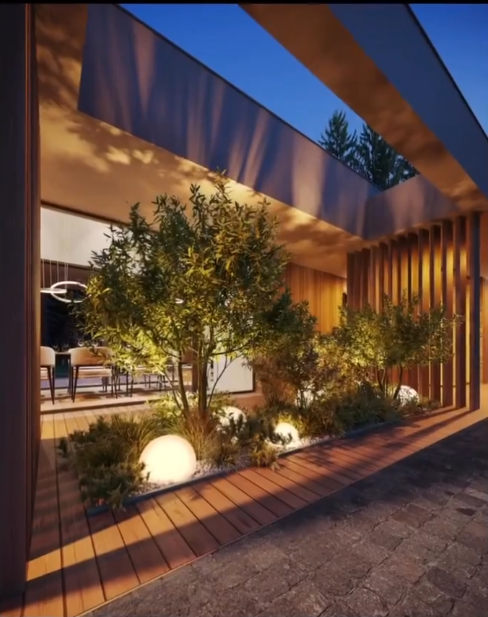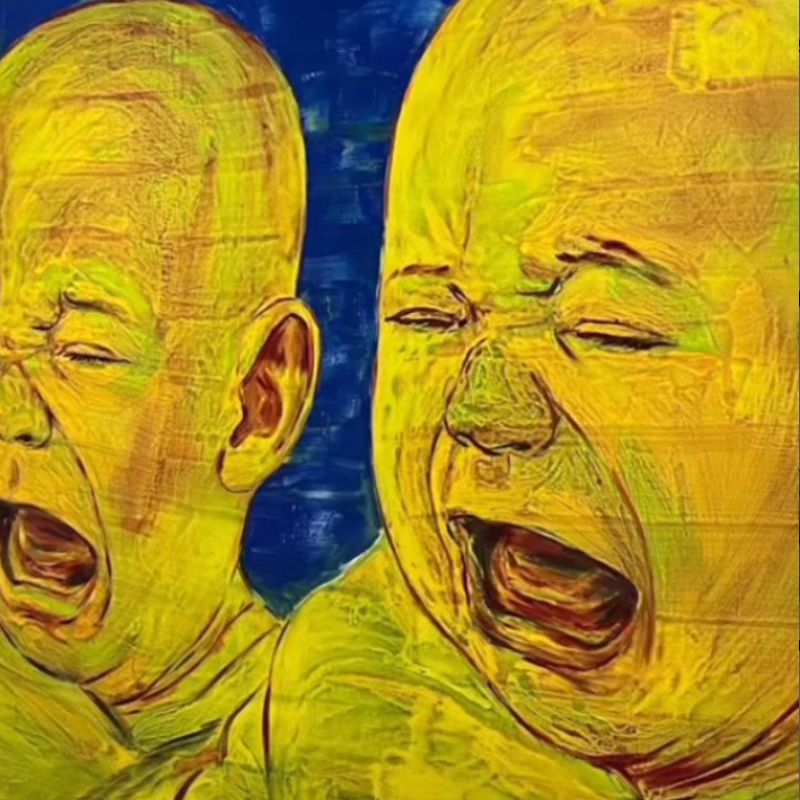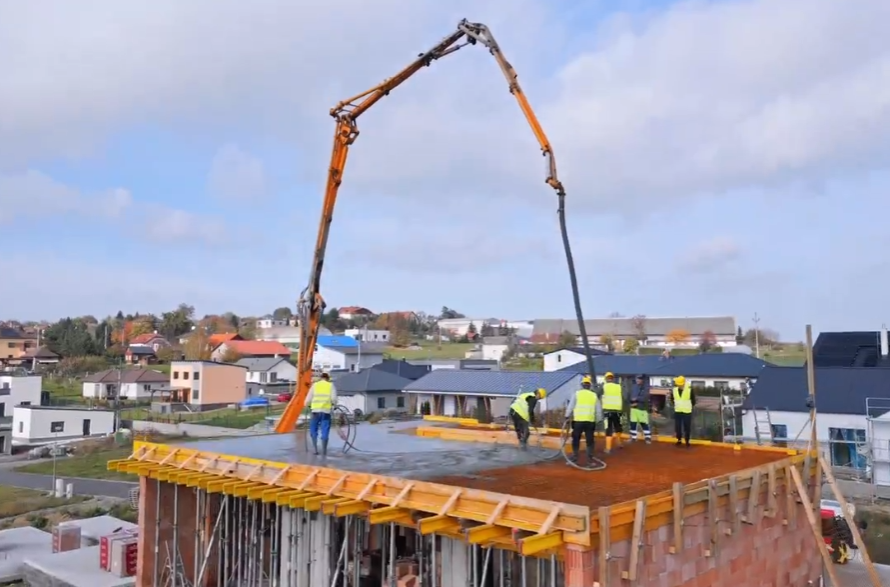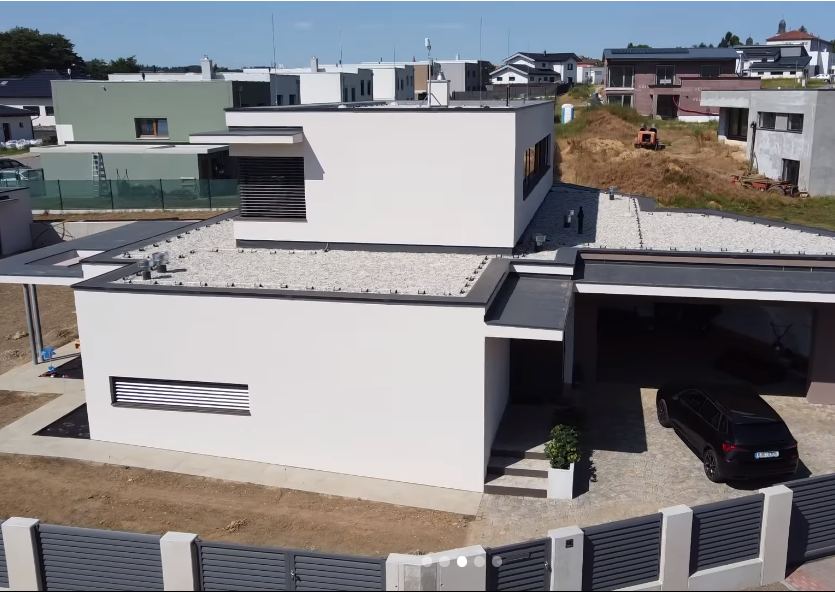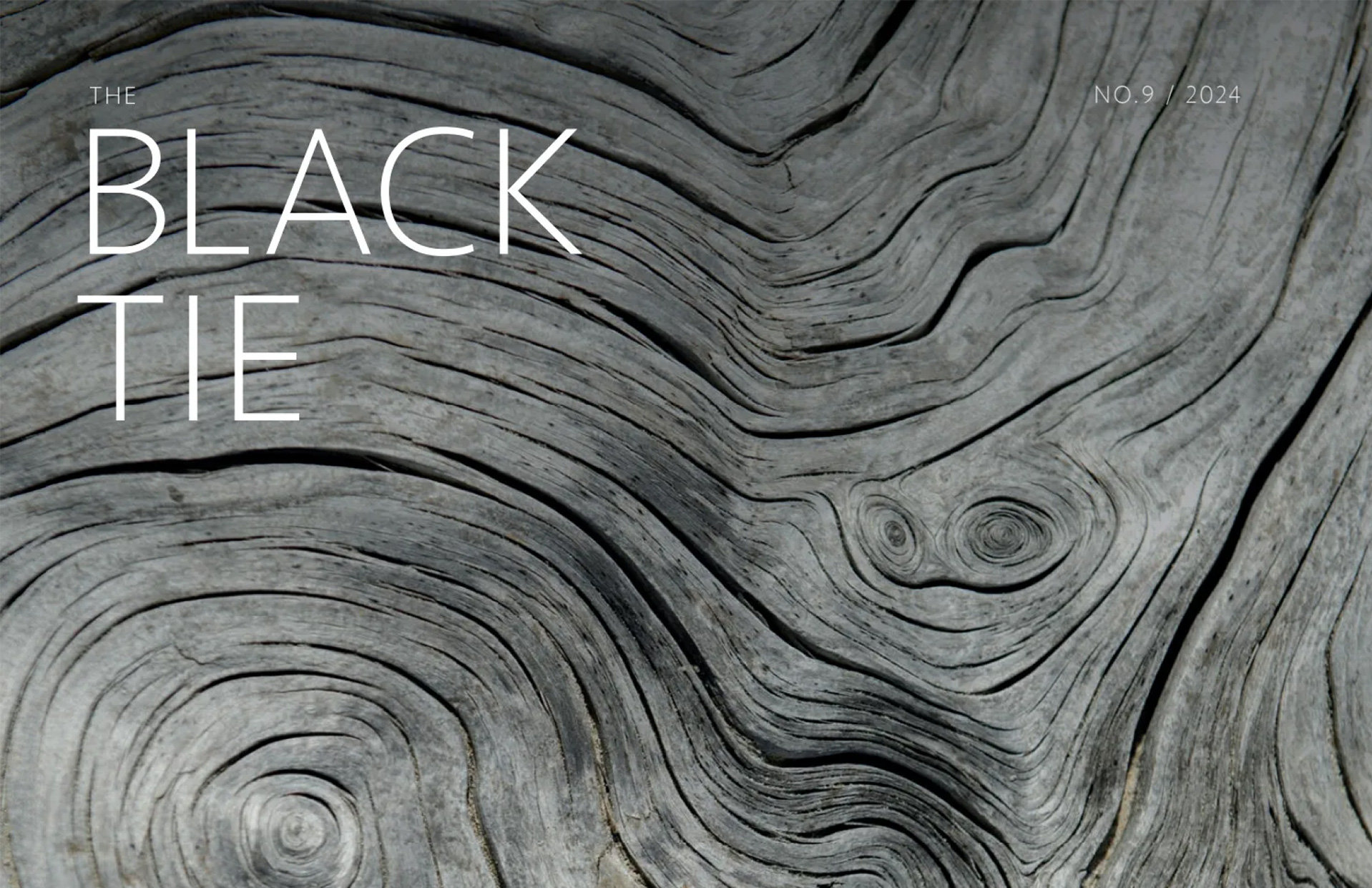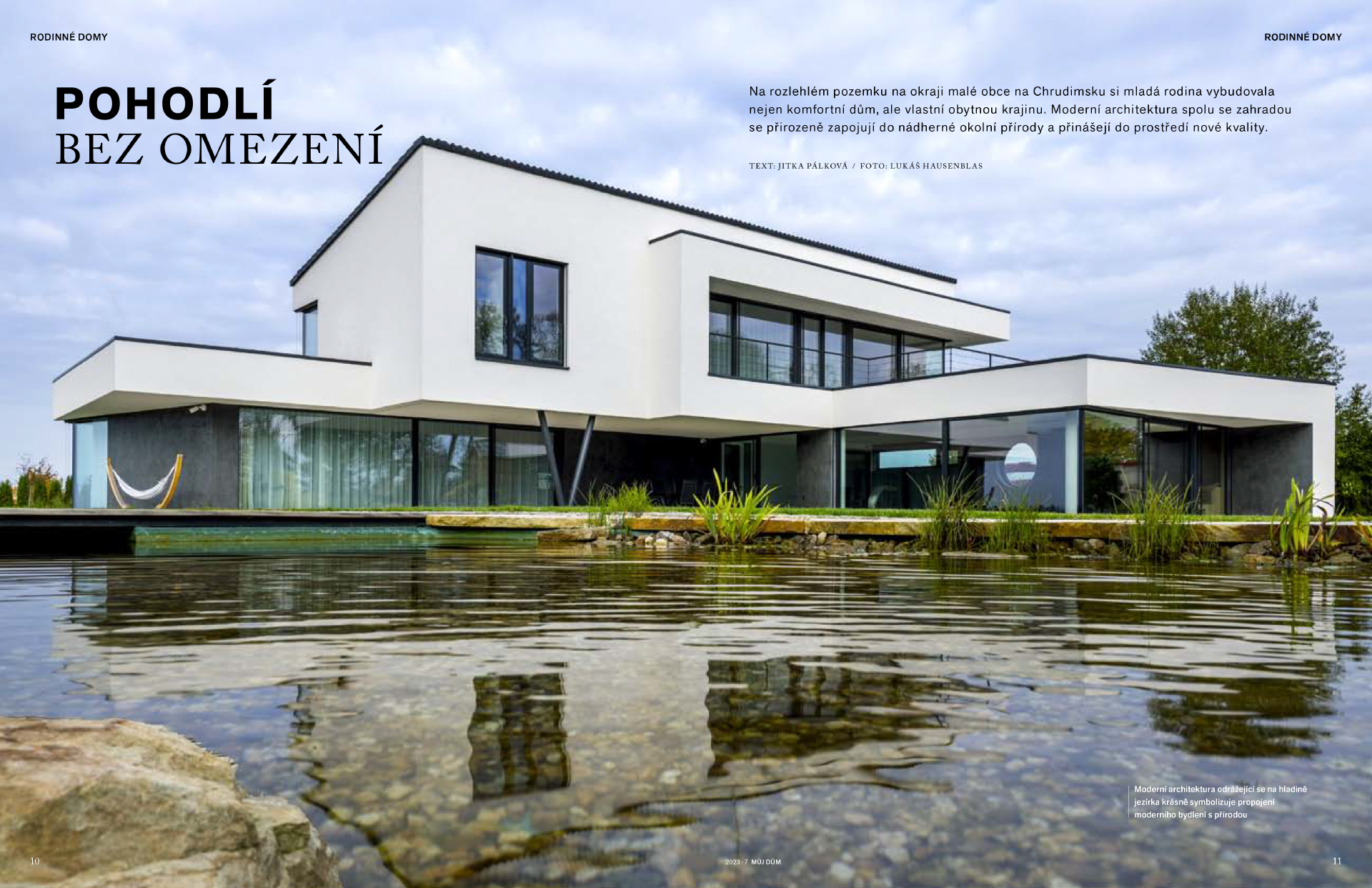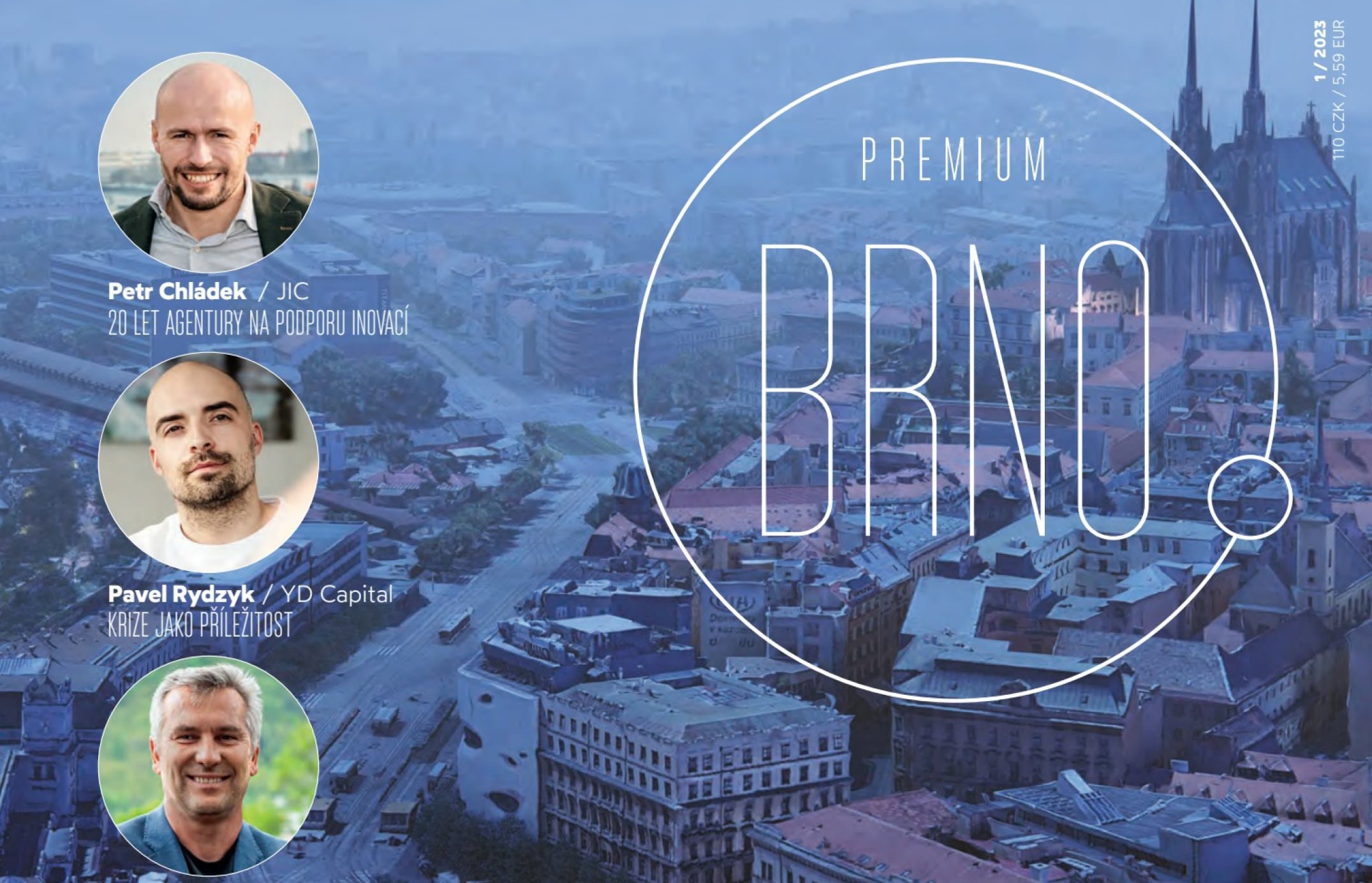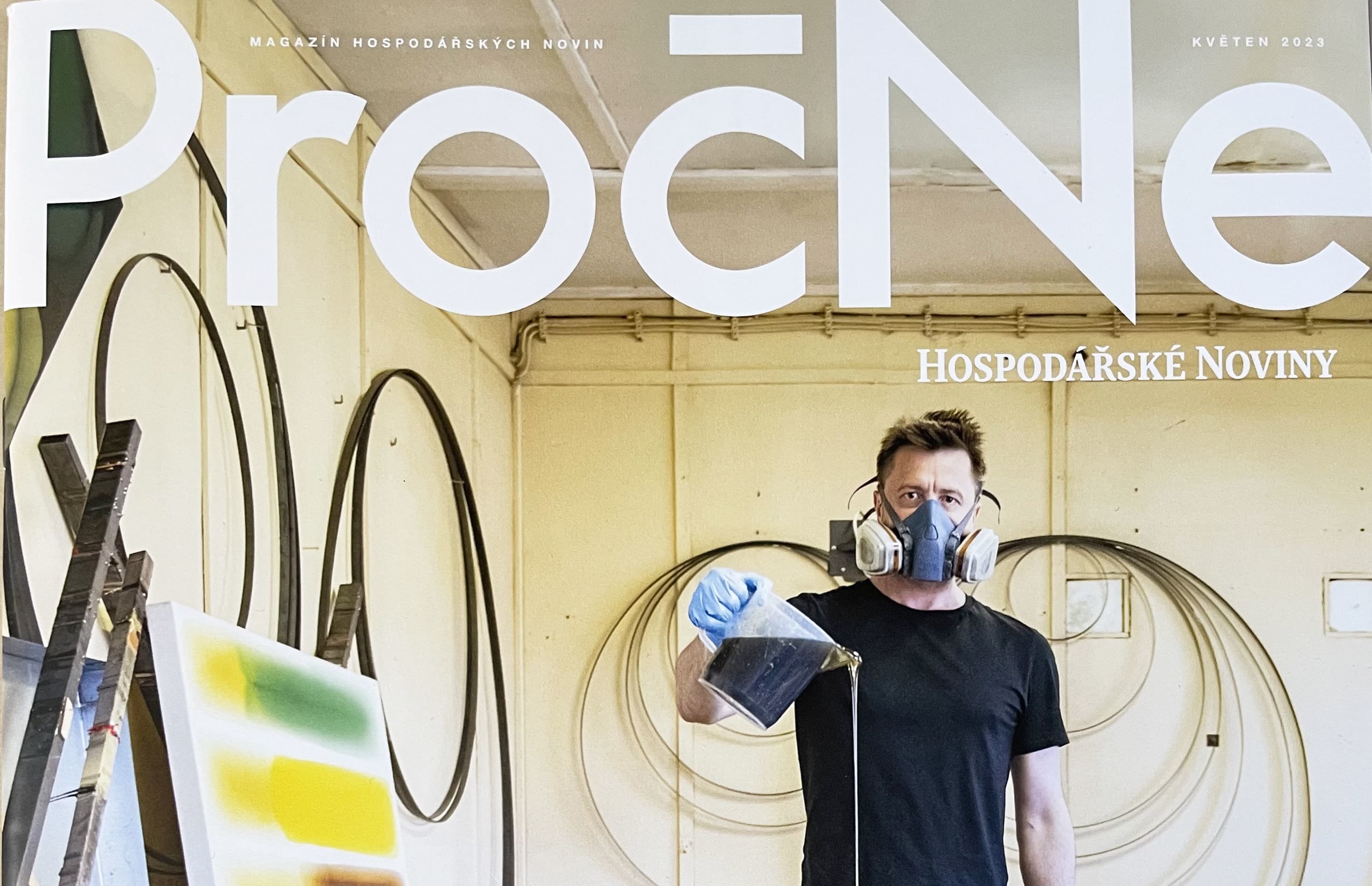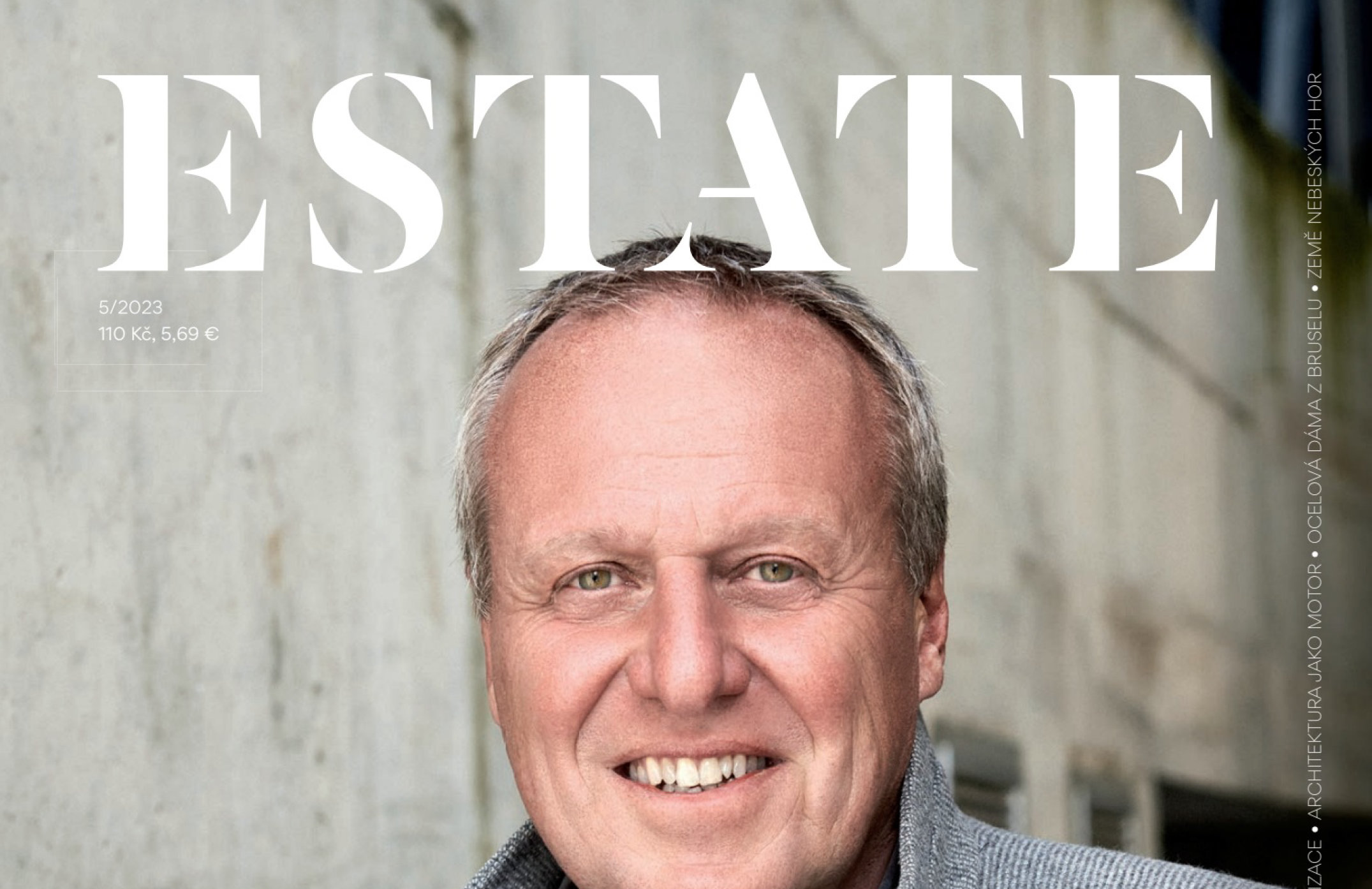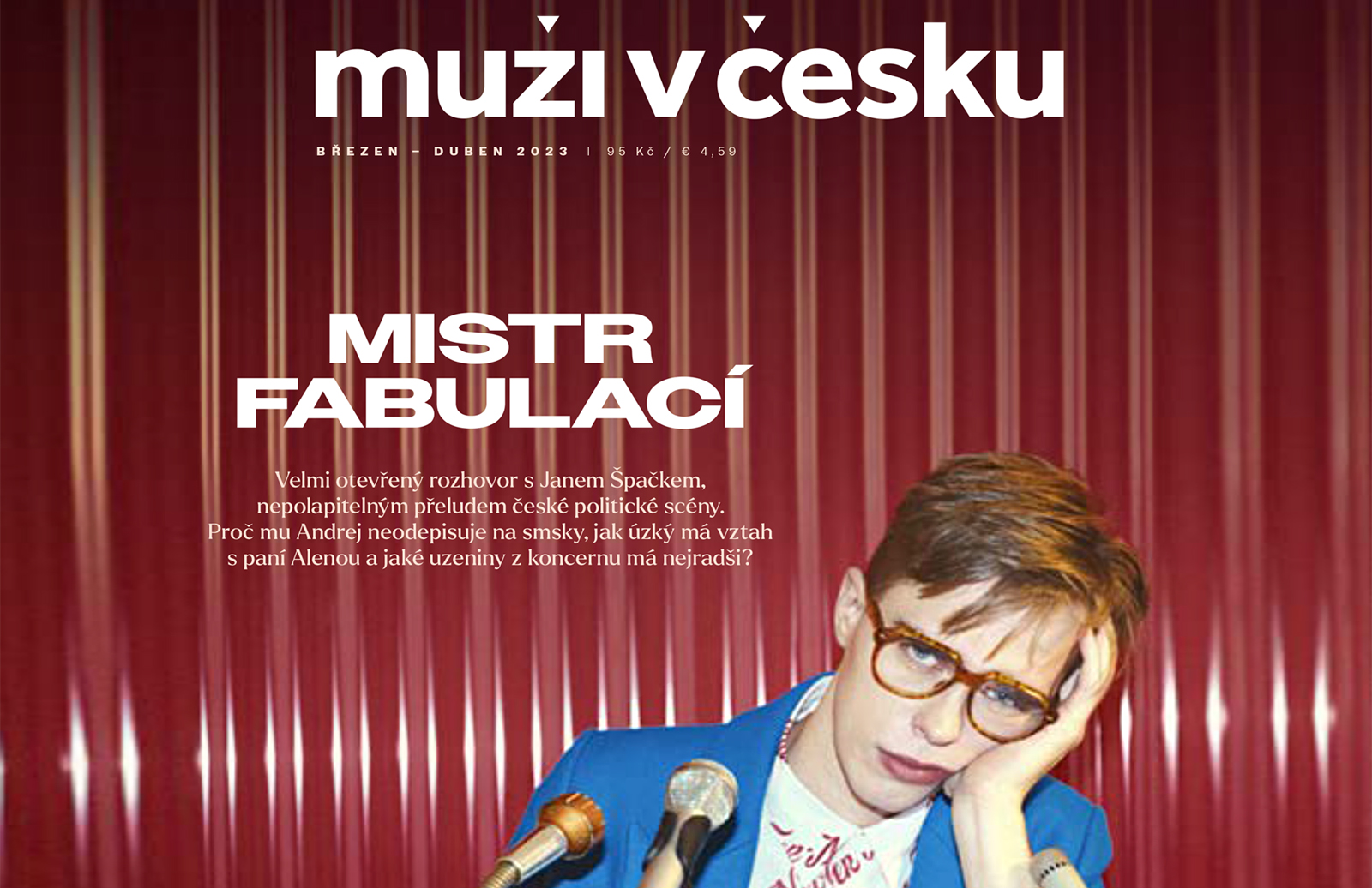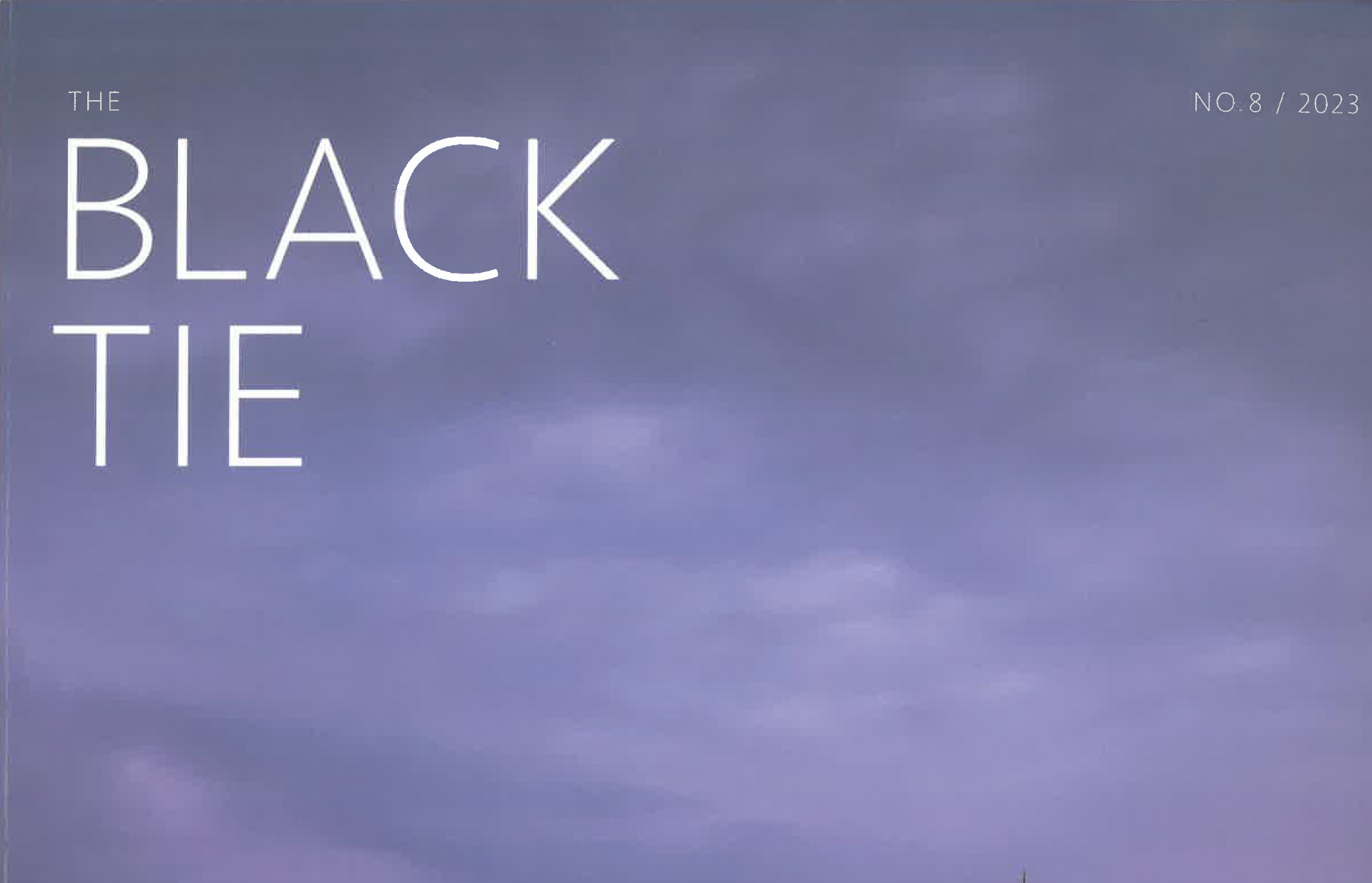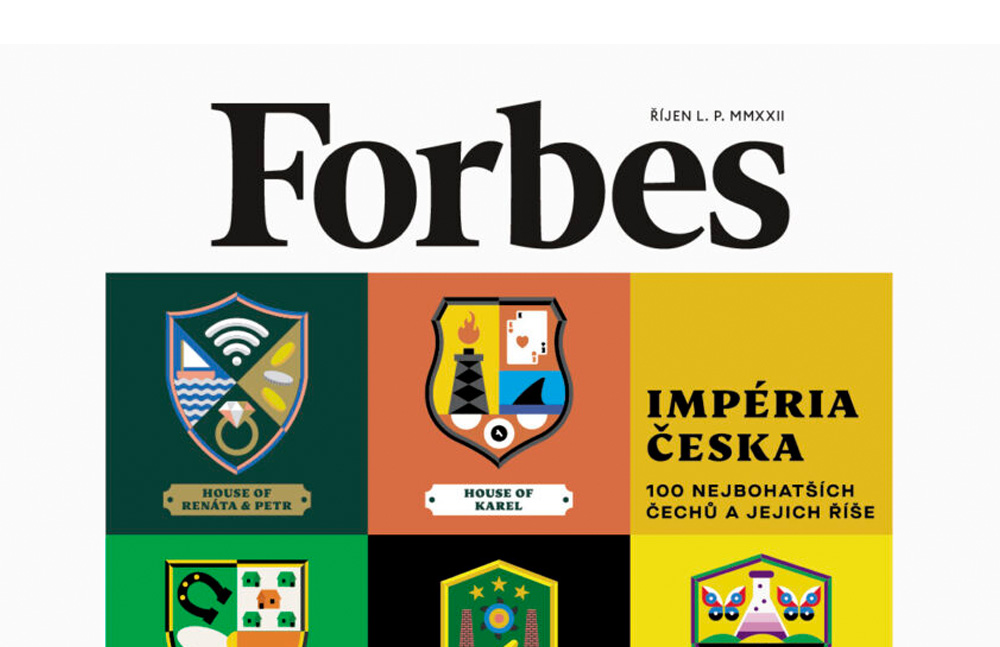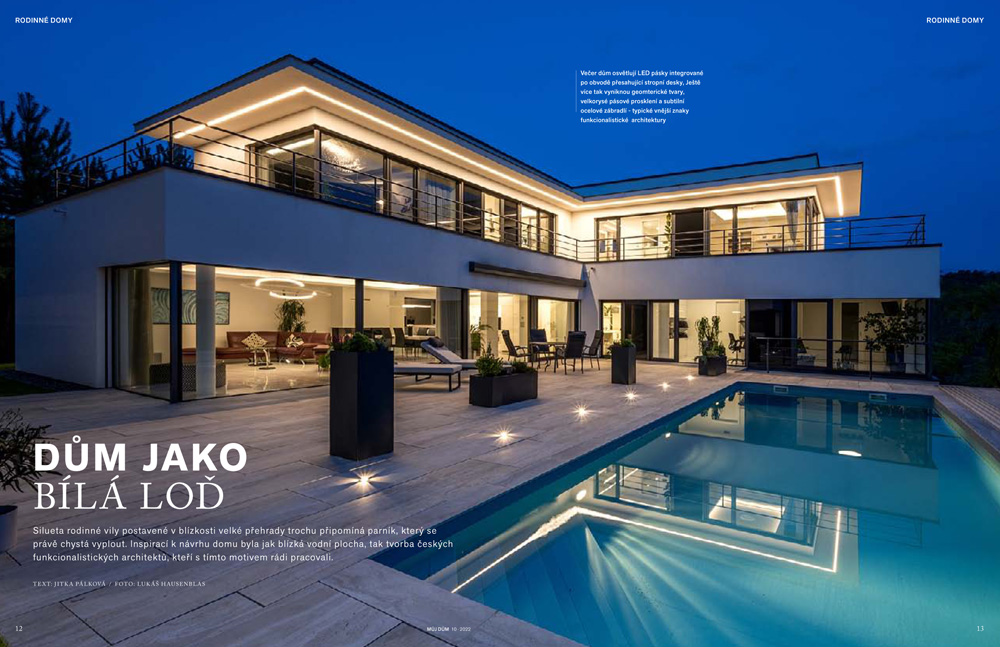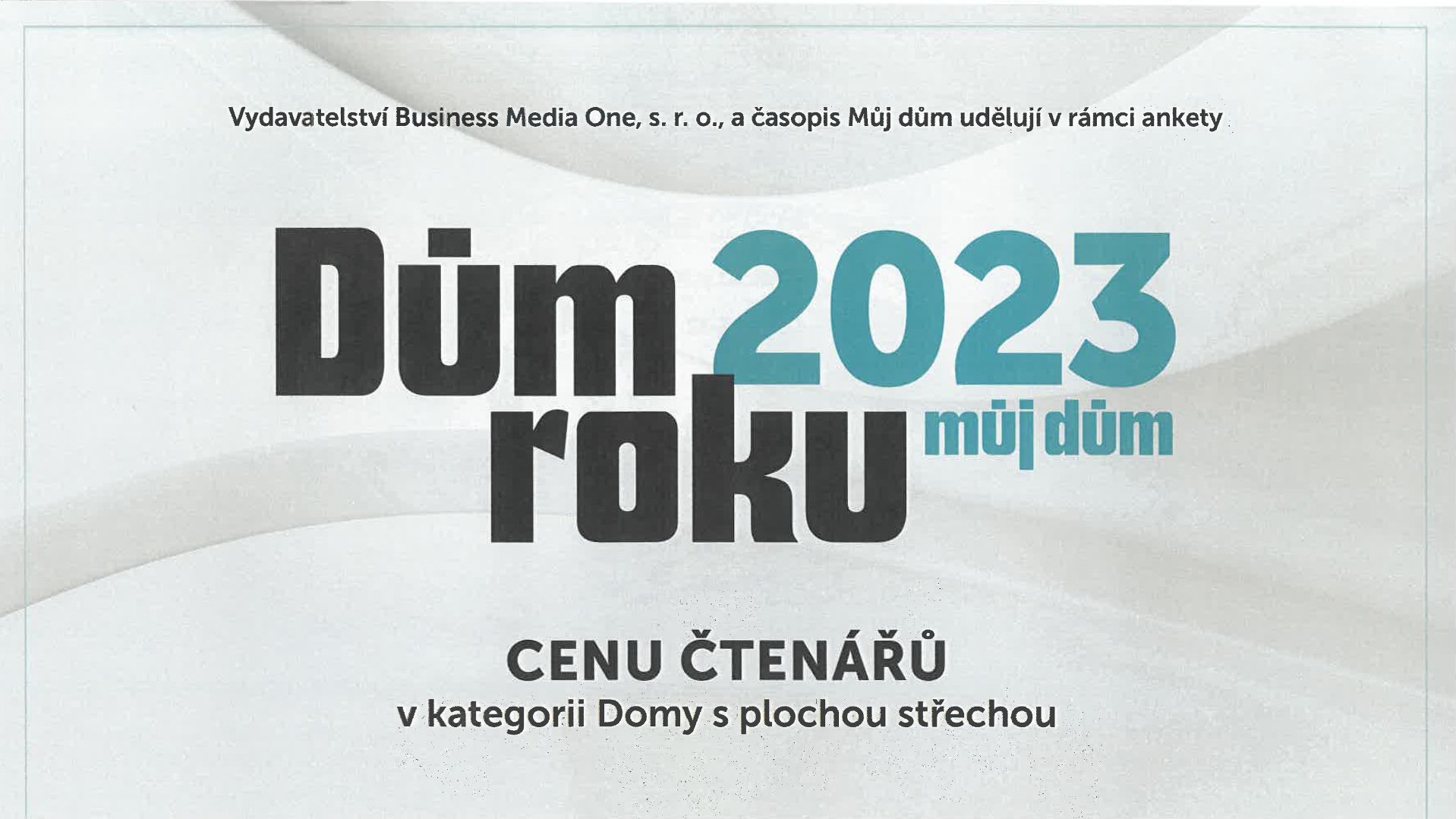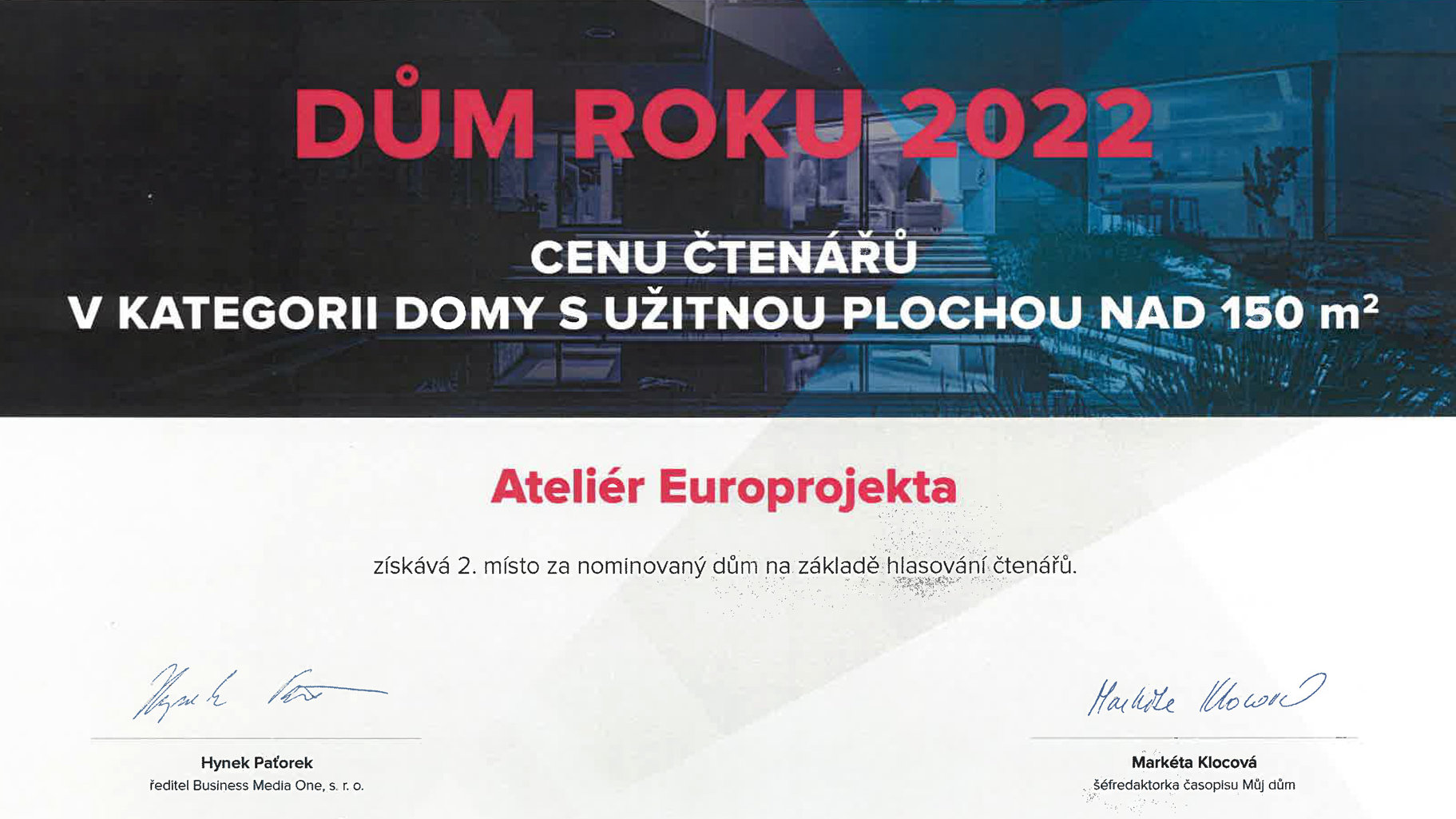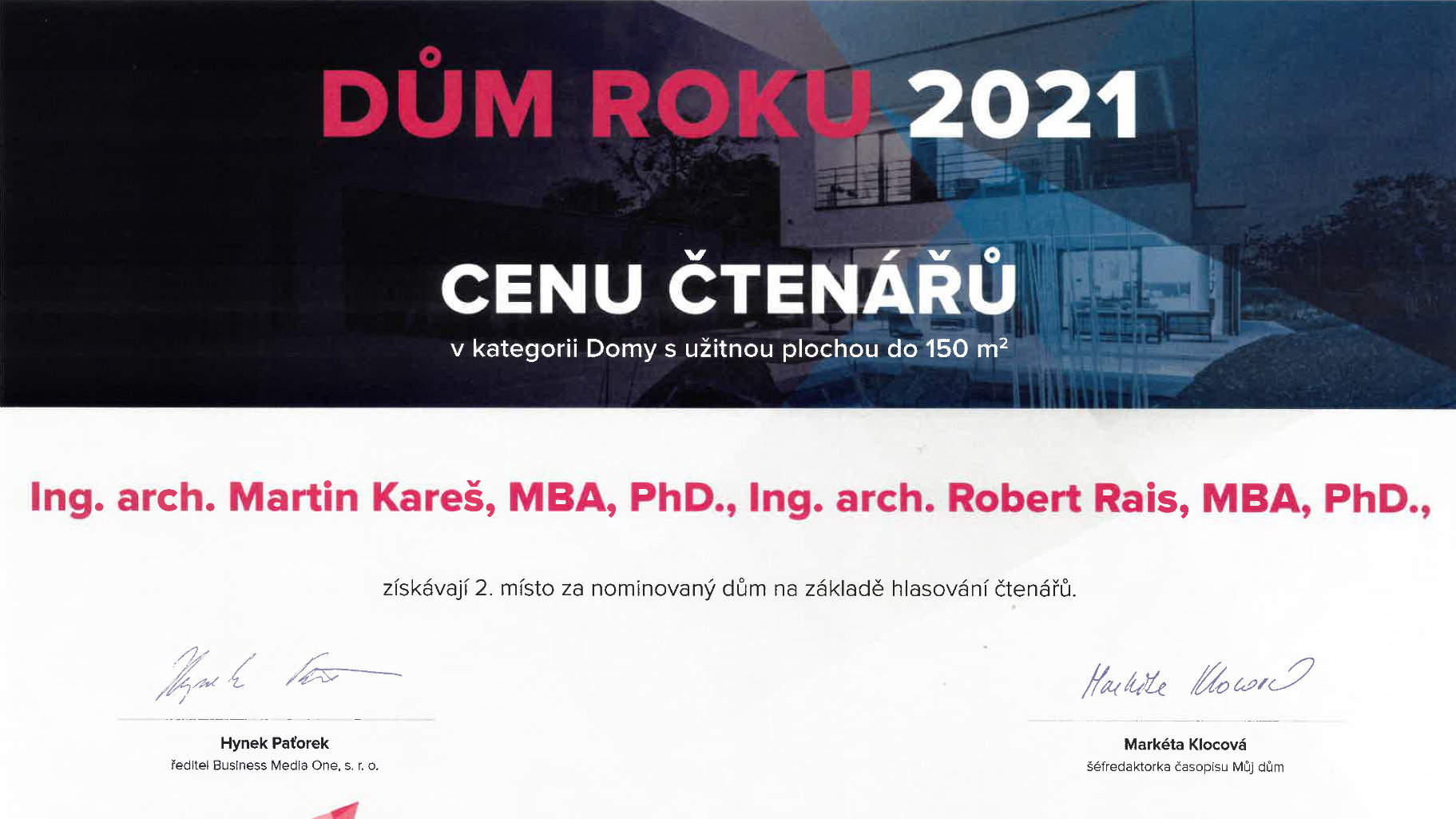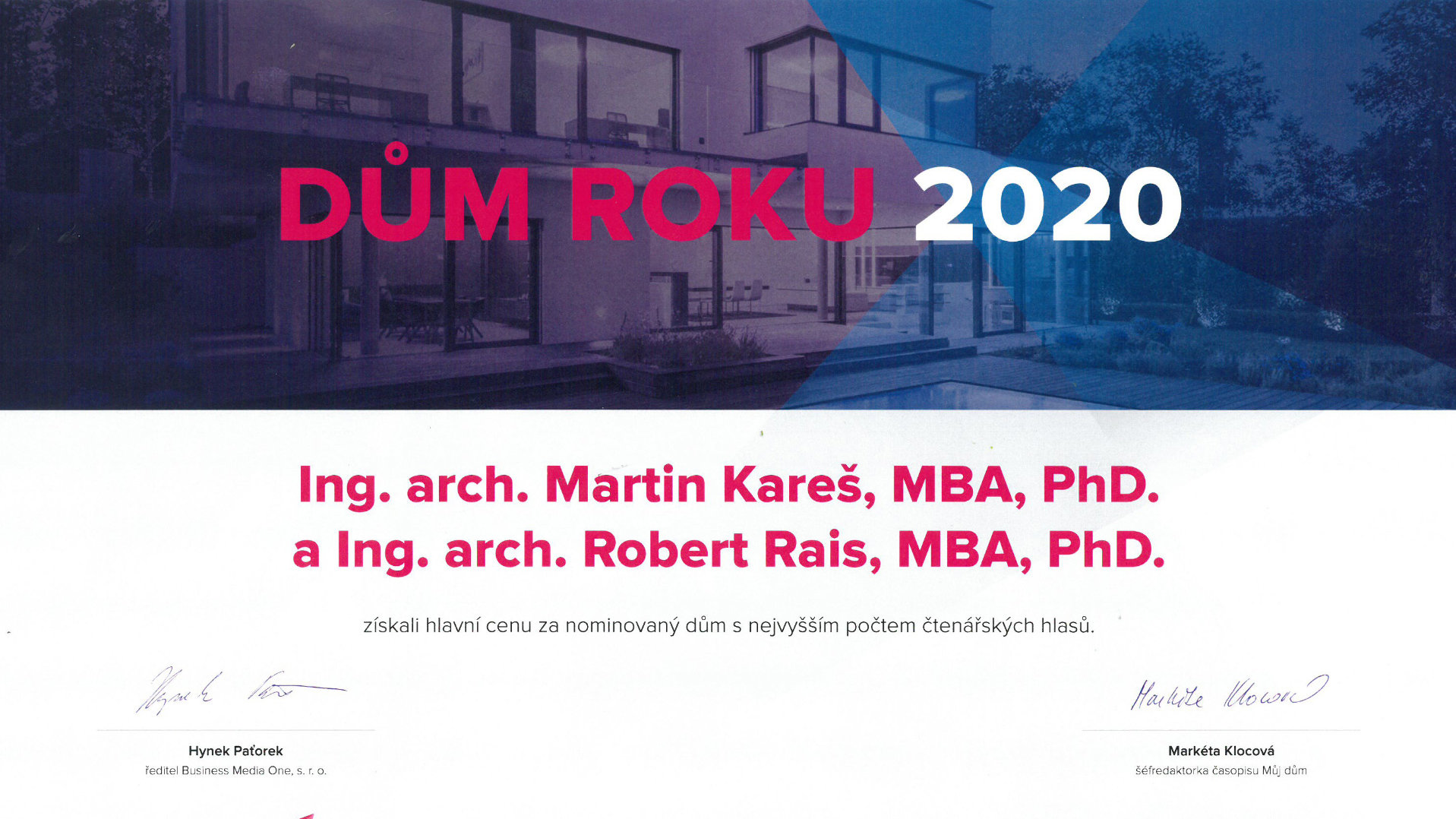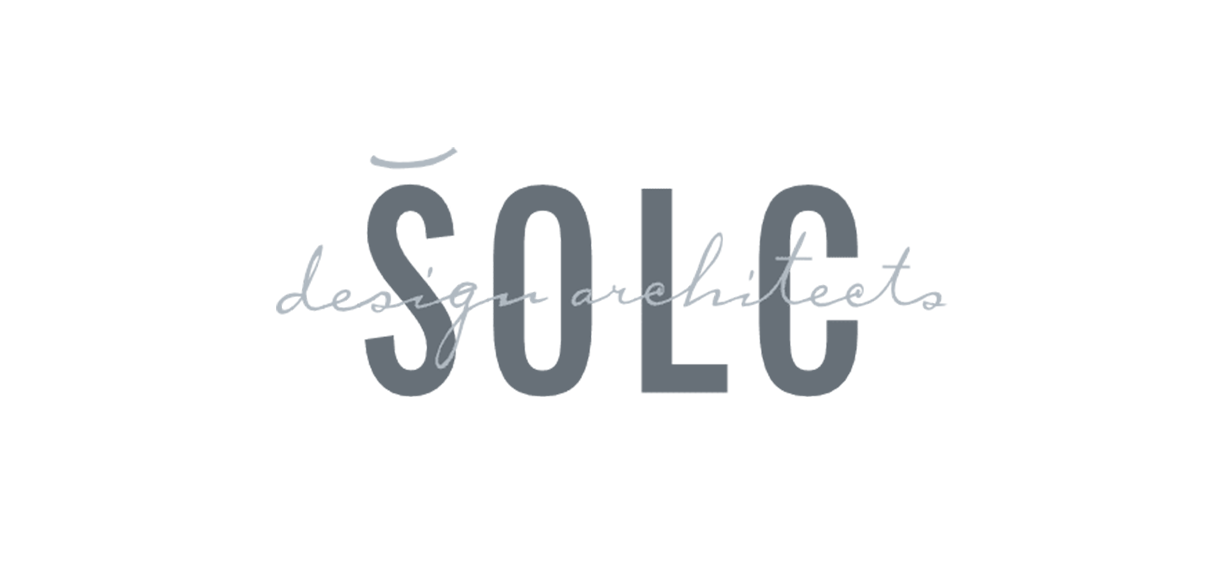Studio
Perfect symbiosis – architecture
Architects – their works are forever inscribed in the image of cities and landscapes, becoming an integral part of our environment. Through their visions, they push the boundaries of technological possibilities, connecting and dividing...
Among the most prominent personalities of contemporary Czech work are the architects from the Brno studio KAREŠ ARCH. Airy with snow-white facades, modern architecture with reference to functionalist principles, the latest technologies and harmony with nature – this is how we could characterise their work.
The founders of the studio gained their first experience with modern architecture, specifically functionalism, from the icon of architecture of the post-war era, Professor Ivan Ruller – the most important Brno architect who died in 2018 and was awarded a state decoration, a student of Arnošt Wiesner and an assistant to Bohuslav Fuchs.
From the initial work, which can be characterised as the red period, the architects gradually set themselves apart by the use of simplified forms while abandoning colour solutions. Snow-white plaster and Monier concrete became their hallmark. Their bold solutions are typified by overhanging cantilevers without columns and supports pushing contemporary technological possibilities to their absolute limits. However, these are not ostentatious buildings, the houses give a rather modest impression when viewed from the street. The genius loci takes place when you enter the house itself and, of course, the garden too, with which it is in perfect harmony.
For the initial designs it is essential to get to know not only the clients, their habits, lifestyle and the way they spend their free time, but also the place itself. It is necessary to perceive the land and to position the house appropriately in terms of its orientation to the cardinal points, the shape of the plot and also in relation to the access road. The architects take a comprehensive approach to the whole process – from layout designs and initial studies to legalisation and implementation, including coordinating the garden’s design.
Emphasis on technology
Everything that looks simple and easy is in fact extremely difficult, just as seemingly simple “clean” shapes hide sophisticated and often technically demanding solutions.
State-of-the-art technology allows architects to achieve maximum integration between the interior and the exterior. These primarily include compact, frameless panoramic glazing for the facades made of large-format panes, structural glazing of corners, or folding sliding systems that allow the house’s interior and the garden to be fully connected.
All-glass walls that retract into the floor or open directly into the wall casing are also options – the glass is completely hidden in these cases. These generous solutions allow clients to experience another dimension – perfect harmony with nature.
In the context of current trends, low-energy buildings based on the principle of island-type houses are already standard – environmentally friendly and fully in balance with the landscape they are surrounded by.
The proposed buildings are usually heated by a ground-to-water heat pump with geothermal boreholes, through which the house is heated in winter and cooled in summer by reverse operation. Given the architects' preference for large glass surfaces, cooling in the summer months must be addressed. In conjunction with a heat pump, the studio most often uses ceiling cooling, which works on the principle of absorbing heat from the room when water is the carrier medium. In winter, the ceiling can then be used to heat individual living rooms to supplement the underfloor heating system. The indisputable advantage is that it is an architecturally clean solution that does not impinge on the house’s overall appearance.
In addition, the architects like to make use of the “grey water”, where large accumulation tanks are placed on the property to retain wastewater and rainwater, mostly stormwater, which flows from a well or borehole and then returns the water to the building. The water is purified by an on-site treatment plant and is most often used to flush toilets or in washing machines or dishwashers.
The water can also be used to irrigate extensive succulent green roofs or facades. These are not only attractive aesthetic features, but are particularly important for their ecological aspects. They reduce fluctuations in temperature and humidity during the day, increase the biodiversity of the site, produce oxygen, and improve the building’s microclimate. In addition, they absorb noise from the surroundings.
Photovoltaics are also becoming a standard solution, and thanks to the latest technologies, photovoltaic panels do not have to be located just on the roof, photovoltaic cells can now be integrated directly into the glass. This solution is used on the glazed surfaces of the house, as well as in conservatories, skylights or as facade cladding. Semi-transparent versions also solve for shading.
Ideas, energy and effort not only result in a highly comfortable home, but become part of a family’s story. They create that surplus value, almost imperceptible to the uninitiated eye, that turns a house into a home.
Martin Kareš, the founder and leader of KAREŠ ARCH, runs the studio, which deals exclusively with individual residential housing, together with his close colleagues Tomáš Kupský and Jana Hrdličková.
The studio relies on a young dynamic team, which is gradually enriched by the approach and experience of new colleagues, whether in the field of design, construction engineering or architects themselves.
As stated before, KAREŠ ARCH takes a comprehensive approach to its work. In order to ensure that its works are perfect and polished to the very last detail, it now focuses its attention in another direction, namely in the field of interior design.
The alpha and omega of the studio is and always will be architecture. But the story of the studio does not end with the construction of a house. The architects' goal is to achieve an artistic extension of architecture into a more intimate realm, i.e. to sensitively inscribe their signature into the aesthetics of the interior. All this while maintaining sufficient space for the individuality of each client.
As a complement to the branch that the architectural design began, KAREŠ ARCH interiors were created to breathe life into unique buildings.

